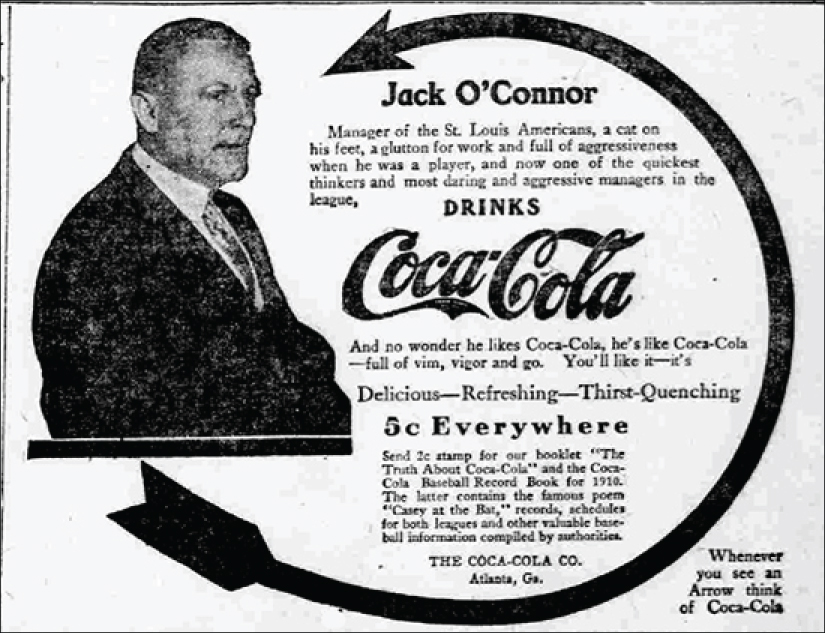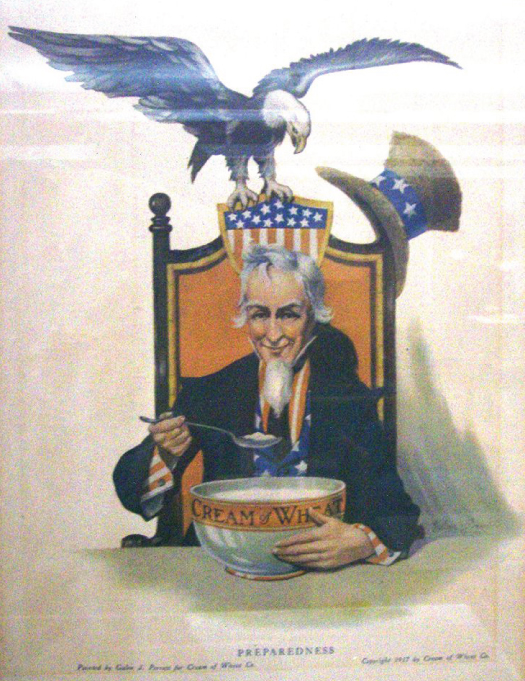Business and Advertising in the Early Twentieth Century, 1910–1917
Use this primary source imagery to analyze major events in history.
Suggested Sequencing
- Use this Primary Source to have students explore how industrialization and the ability of more Americans to buy goods created a boom in advertising.
Introduction
Industrialization and mass production drastically reduced the costs of goods, and many Americans were able to buy products that the previous generation would not have been able to afford. Sellers no longer waited passively for customers to come into their stores; instead, they used a variety of techniques to attract attention to their wares. Thus, by the beginning of the twentieth century, large businesses increasingly turned to advertisements to persuade consumers that their product ought to be purchased.
Sourcing Questions
- Who was responsible for these advertisements?
- What factors led to an increase in advertisements at the beginning of the twentieth century?

Figure 1: An ad for Coca-Cola, 1910.

Figure 2: An ad for Pierce-Arrow cars, 1911.

Figure 3: A Cream of Wheat ad, 1917.
Comprehension Questions
- (Figure 1) (Figure 2) (Figure 3) What do you immediately notice when you look at each ad?
- (Figure 1) (Figure 2) (Figure 3) How was each advertisement trying to make a connection to some desirable attribute to persuade a consumer to buy the product?
Historical Reasoning Questions
- Consider the time when the Cream of Wheat advertisement was published. Why did it contain the word “preparedness” in it?
- Compare the ads with the typical ones you may see in the modern day. What similarities and differences do you notice?
Image 1: https://commons.wikimedia.org/wiki/File:Jack_o%27connor_coke_ad.png
Image 2: https://commons.wikimedia.org/wiki/File:PierceArrowOperaFancher1911.jpg
Image 3: https://commons.wikimedia.org/wiki/File:Cream_of_Wheat_Ad.JPG
